Analysis of the Factors that Influence the Non-Graduation of TecNM Graduates - ITVH
Resumen
The graduation rate of a Higher Education Institution (HEI) in Mexico is used as an indicator of the institution's capacity to grant degrees to its graduates. In the present research, the factors that affect the non-graduation of graduates from the Tecnológico Nacional de México - Instituto Tecnológico de Villahermosa (TecNM - ITVH) are analyzed. Personal, socioeconomic and institutional elements are explored to determine which are those that may hinder the completion of the graduation process. To this end, a survey was conducted among graduates who applied for the degree process during the period between November 2024 and January 2025, with a population of 87 surveys carried out. SPSS statistical software was used to proceed with the analysis of the data collected. The results showed a tendency to apply for the degree process within a short period of time after completing their studies, as well as a balance between graduates who are working at the time of applying for the process and those who are not employed. In addition to the above, the predominant factor affecting non-degree completion is the lack of time available. It is recommended that new strategies be implemented to improve the dissemination of the graduation process.
Descargas
Citas
Congress of the United Mexican States. (2018, January 19). Regulatory law of Article 5 of the Constitution regarding the practice of professions in Mexico City. Secretariat of Public Education. https://www.sep.gob.mx/work/models/sep1/Resource/24e8c91d-d2fc-4977-ad19-dc572c3e4439/ley_reglam_art5_ejerc_prof_df.pdf
Gómez, J. I. (2007). Pareto's law: 80/20. Department of Economics, Accounting, and Finance.
Limón, O. H., & Hernández, C. (2012). Quality indicators of higher education institutions. Diálogo (Dialogue) (20).
https://revistas.unilasalle.edu.br/index.php/dialogo/article/view/286
Olguín Ramírez, M. M. M. S. (2018). Factors influencing the graduation rate from students’ perspectives. Vinculatégica EFAN, 3(3), 485–490. https://doi.org/10.29105/vtga3.3-1094
Ortega Ortega, M. E., Contreras Bravo, M. A., Bacuilima Panamá, J. N., & Mejía Narváez, T. C. (2021). Women and engineering. Juventud y Ciencia Solidaria (Youth and Solidarity Science).
https://dspace.ups.edu.ec/bitstream/123456789/20813/1/Rev_Juv_Cie_Sol_0813.pdf
Reyes, D. A. G., Ramírez, M. T., Dantés, H. E., & Morales, L. A. (2025). Prospective structural analysis to optimize the educational quality of virtual programs in higher education. Apertura (Opening) , 17(1). https://doi.org/10.32870/Ap.v17n1.2585
Rivadeneira Pacheco, J. L., Barrera Argüello, M. V., & De La Hoz Suárez, A. I. (2020). General analysis of SPSS and its usefulness in statistics. E IDEA Journal of Business Sciences, 2(4), 17–25. https://revista.estudioidea.org/ojs/index.php/eidea/article/view/19
Chen Shih , J. (2025). Relación entre inteligencia emocional y rendimiento académico en estudiantes de nivel superior de Arequipa en la postpandemia . Ciencia Y Reflexión, 4(2), 648–667. https://doi.org/10.70747/cr.v4i2.299
Alcántara , R. L. (2025). Acompañamiento Pedagógico Estrategia Colaborativa. Ciencia Latina Revista Científica Multidisciplinar, 9(3), 7881-7886. https://doi.org/10.37811/cl_rcm.v9i3.18412
Agila Mocha, R. J., Vivanco Ureña, C. I., León Bravo, F. E., & Reyes Carrión , J. P. (2025). Software Educativos para el Proceso de Enseñanza Aprendizaje de Matemáticas en Bachillerato. Ciencia Y Reflexión, 4(2), 1341–1369. https://doi.org/10.70747/cr.v4i2.334
Chen Shih , J. (2025). Relación entre inteligencia emocional y rendimiento académico en estudiantes de nivel superior de Arequipa en la postpandemia . Ciencia Y Reflexión, 4(2), 648–667. https://doi.org/10.70747/cr.v4i2.299
Quelal Morejón , C. E., Rogel Calderón , A. S., Loaiza Dávila , L. E., & Maqueira Caraballo, G. D. L. C. (2025). Los juegos predeportivos: una alternativa para la inclusión de estudiantes con Trastorno del Espectro Autista (TEA) a la clase de Educación Física. Arandu UTIC, 12(2), 2169–2189. https://doi.org/10.69639/arandu.v12i2.1055
Guadalupe Beltrán , E. S., Palomeque Zambrano, J. Y., & Loor Avila, B. A. (2025). Desafíos de la Educación Superior en Contextos Híbridos: Análisis de las Prácticas Docentes en la Universidad Estatal de Milagro durante el Periodo Académico 2025. Revista Veritas De Difusão Científica, 6(2), 1259–1281. https://doi.org/10.61616/rvdc.v6i2.685
Lozano Flores, L. D. (2025). Gamificación en el aprendizaje de unidades de tiempo: el caso de Sims 4. Emergentes - Revista Científica, 5(2), 68–86. https://doi.org/10.60112/erc.v5.i1.373
Velásquez Torres, A. O., González Bautista, G., Neira Vera , M., & García Montañez , A. M. (2025). Formación Docente en la Resolución Pacífica de Conflictos: Diagnóstico de una Necesidad Curricular en Colombia. Estudios Y Perspectivas Revista Científica Y Académica , 5(2), 2936–2952. https://doi.org/10.61384/r.c.a.v5i2.1329
Duarte Gahona, Y. K. (2025). Aplicación de la Inteligencia Artificial en la Personalización del Aprendizaje para Estudiantes con Necesidades Educativas Especiales . Revista Científica De Salud Y Desarrollo Humano , 6(2), 33–53. https://doi.org/10.61368/r.s.d.h.v6i2.575
Rodríguez Betanzos, A. (2015). Factors hindering graduation at a Mexican university. Cuadernos de Investigación Educativa (Educational Research Notebooks) , 5(20), 117–127. https://revistas.ort.edu.uy/cuadernos-de-investigacion-educativa/article/view/18
Sánchez Arias, L. C., & Callejas Callejas, A. (2020). Family and university: family participation in the university educational context. Latinoamericana de Estudios de Familia (Latin American Journal of Family Studies) , 12(2), 47–67.
https://doi.org/10.17151/rlef.2020.12.2.4
Solís Carcaño, R., González Fajardo, J. A., & Pacheco Martínez, J. (2006). Study of civil engineering graduates from a university in Mexico. Ingeniería e Investigación (Engineering and Research)
, 26(3), 129–134.
http://www.scielo.org.co/scielo.php?pid=S0120-56092006000300015&script=sci_arttext
Tecnológico Nacional de México. (2015). Manual of academic administrative guidelines of the Tecnológico Nacional de México. Tecnológico Nacional de México (National Technological Institute of Mexico).
Tecnológico Nacional de México. (2025). 2025 Annual Work Program of TecNM. Tecnológico Nacional de México (National Technological Institute of Mexico).
https://www.tecnm.mx/menu/conocenos/pta/PTA_TecNM_2025.pdf
Tecnológico Nacional de México. (2025). Undergraduate degree certification requirements. Tecnológico Nacional de México ( National Technological Institute of Mexico). https://www.tecnm.mx/pdf/requisitos-titulacion-TecNM.pdf
Toscano, B. M. (2016). Factors influencing the graduation of undergraduate program graduates. ECORFAN, 2(6), 73–93.
Vargas, R. R., & Muñoz, E. M. (2014). The influence of teaching profile on the graduation rate at the Instituto Tecnológico Superior de Alvarado. Revista Iberoamericana de Producción Académica y Gestión Educativa, (Ibero-American Journal of Academic Production and Educational Management) 1(2), 47–62.
Derechos de autor 2025 Araceli Lobato Romero , Jucelly Castro De la Cruz, David Antonio García Reyes, Hortensia Eliseo Dantes, José Luis Meneses Hernández

Esta obra está bajo licencia internacional Creative Commons Reconocimiento 4.0.

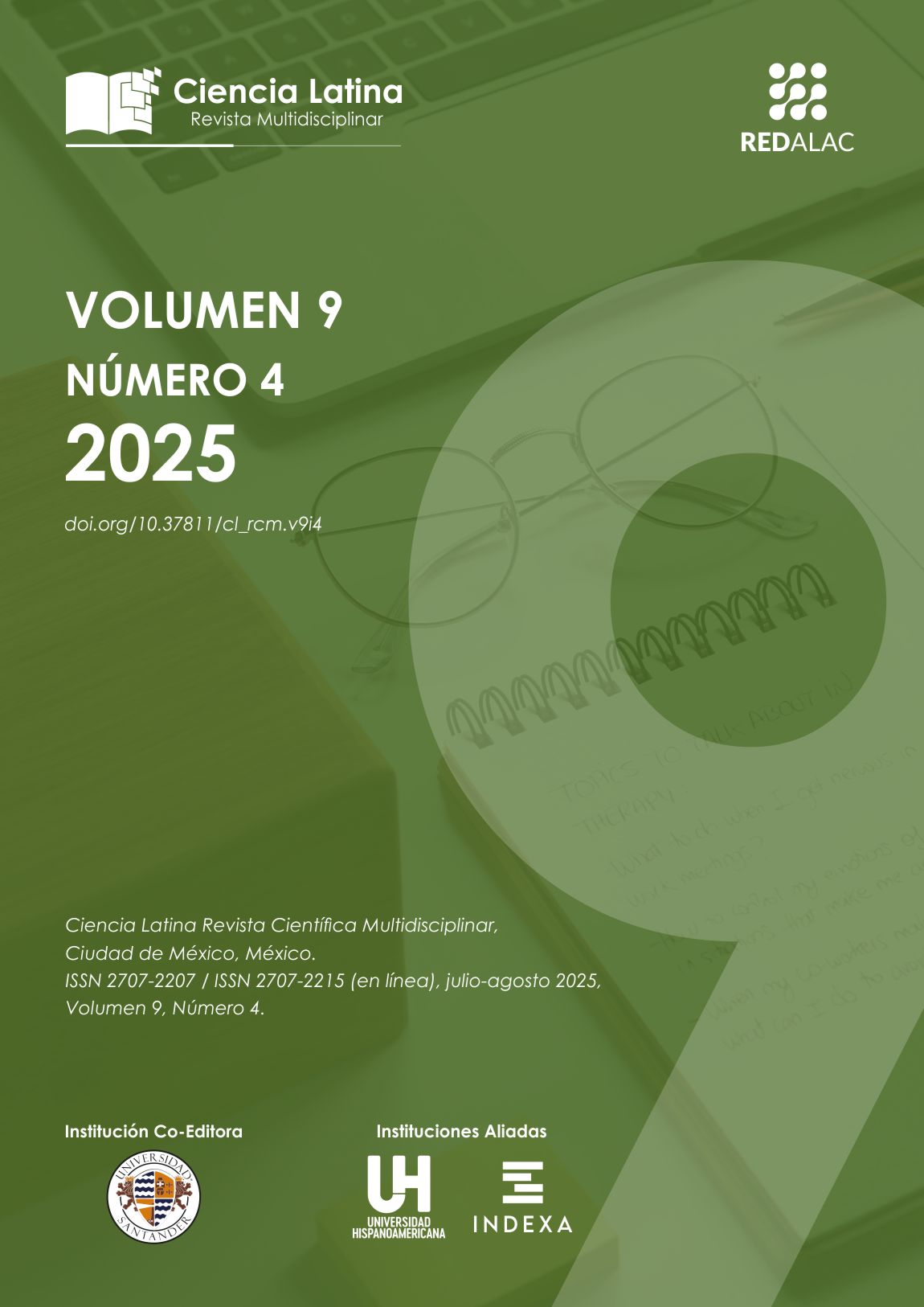









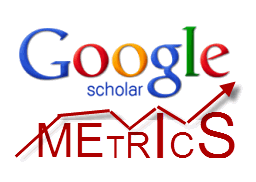
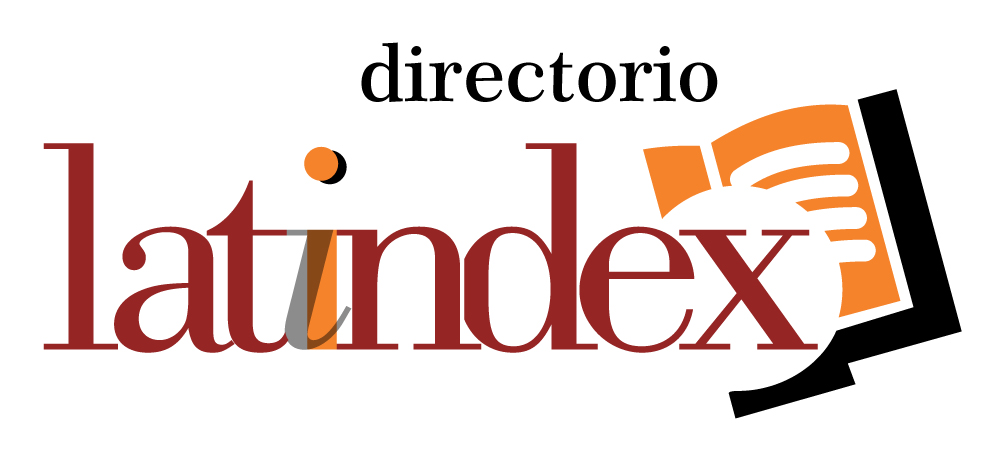
.png)
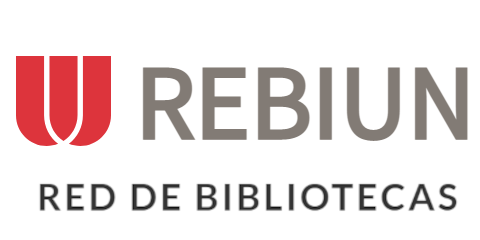







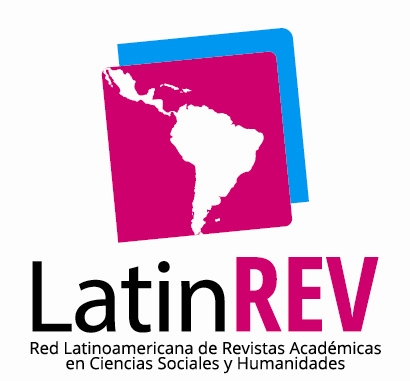

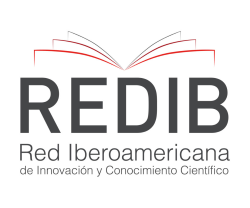


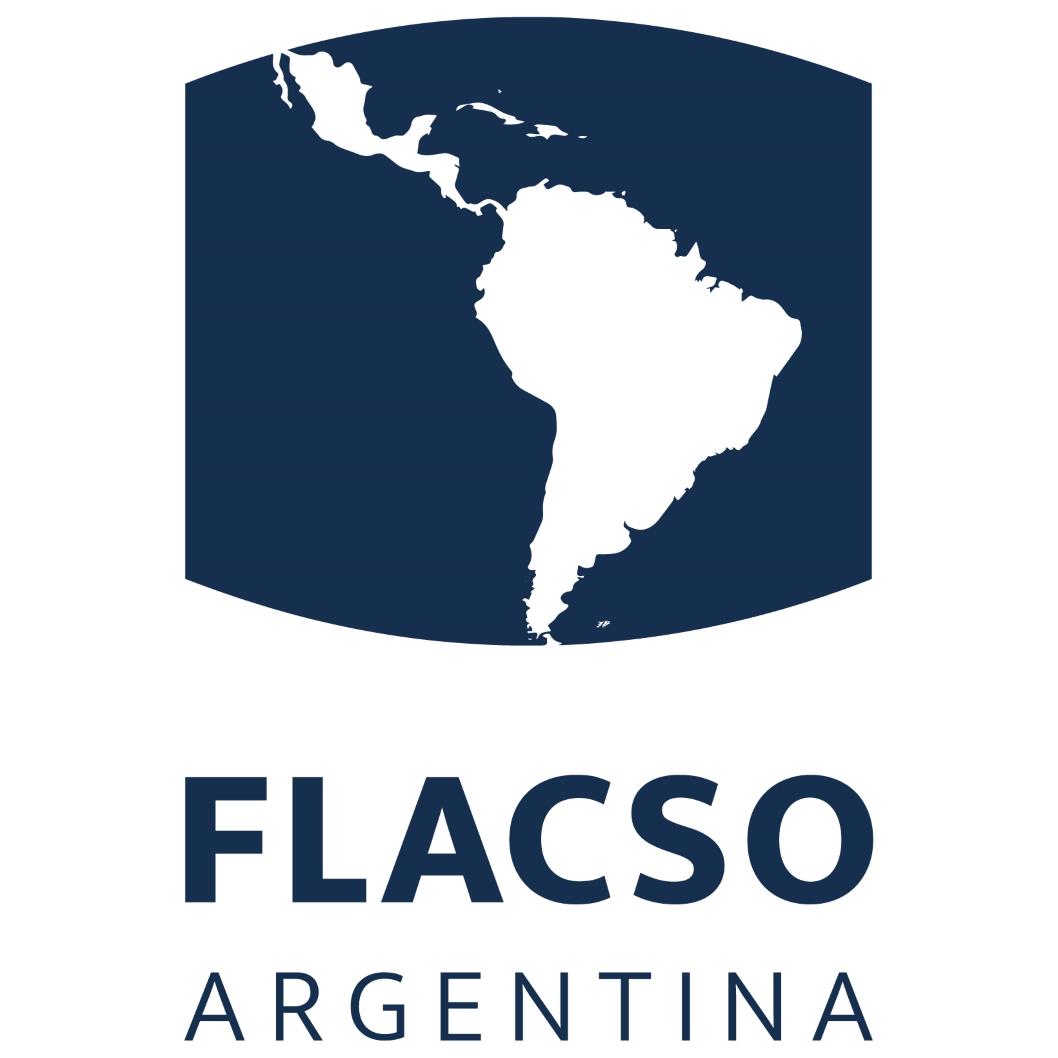


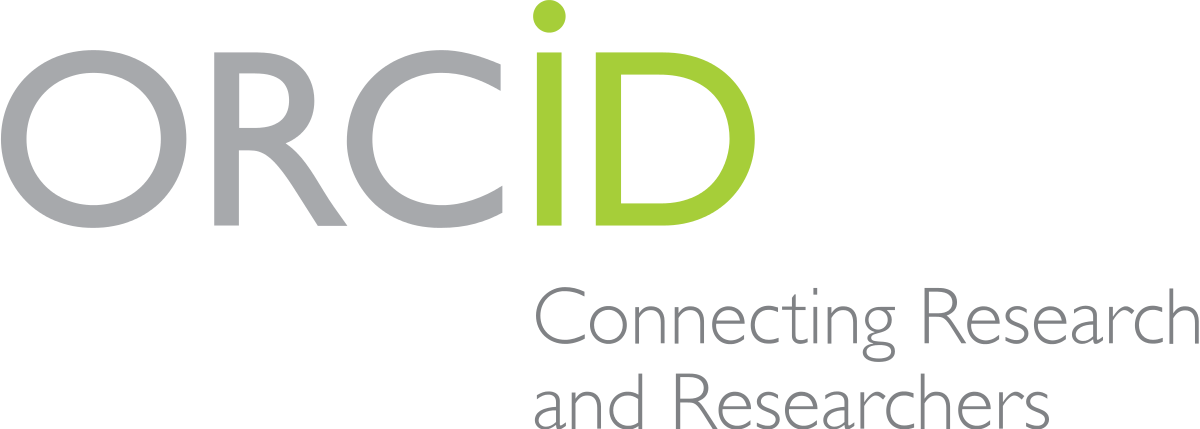



.png)
1.png)


